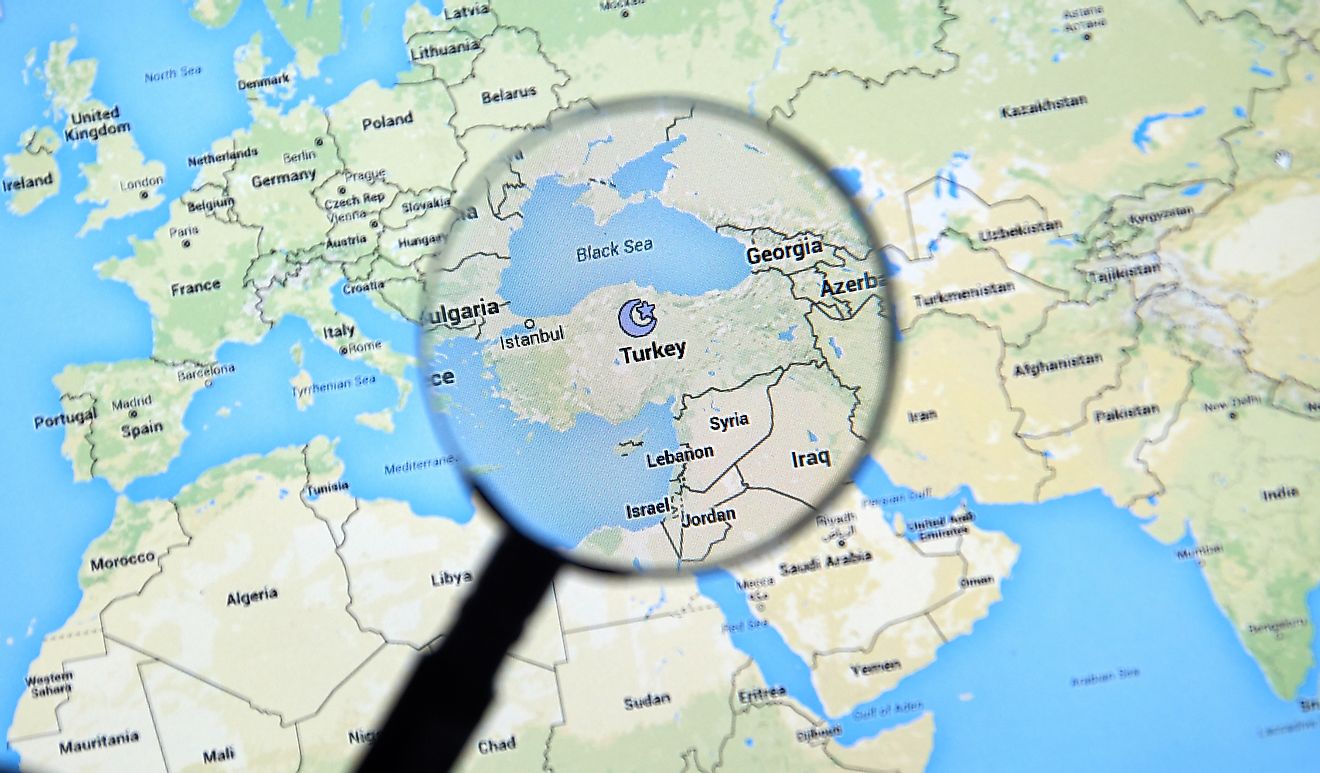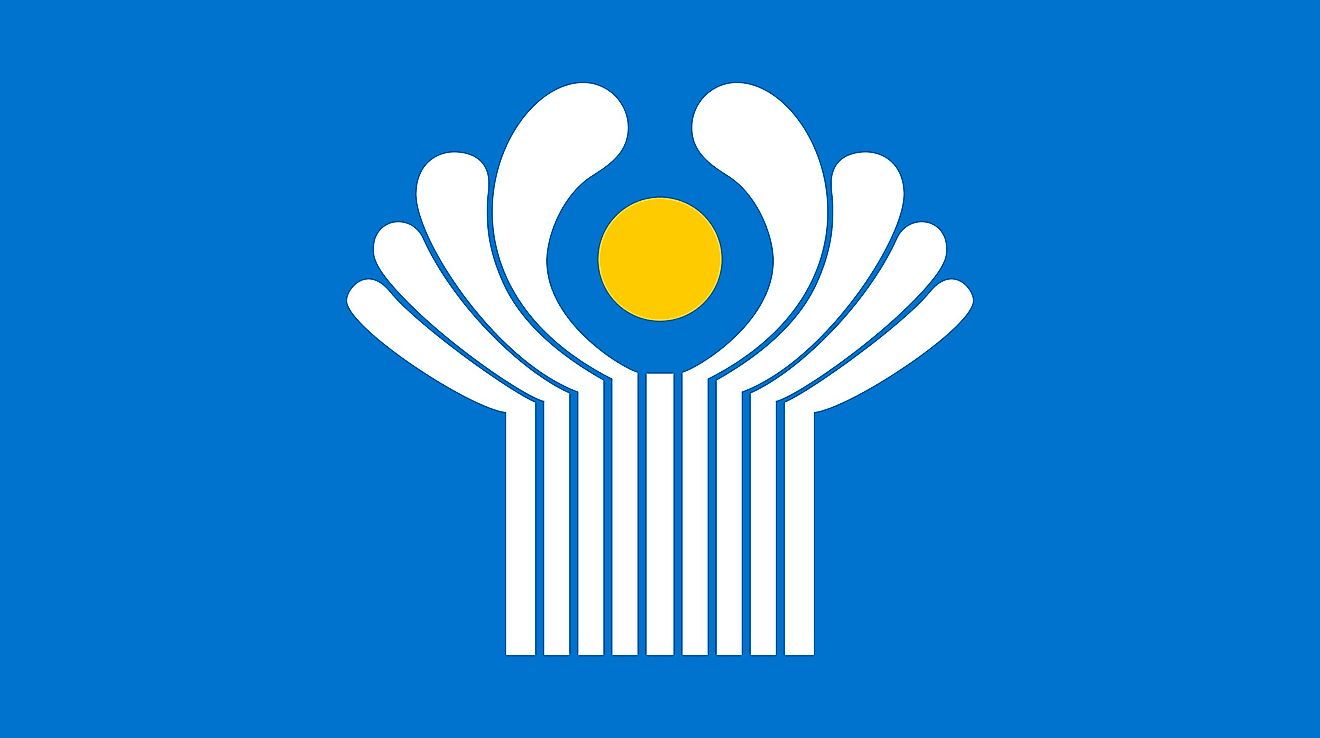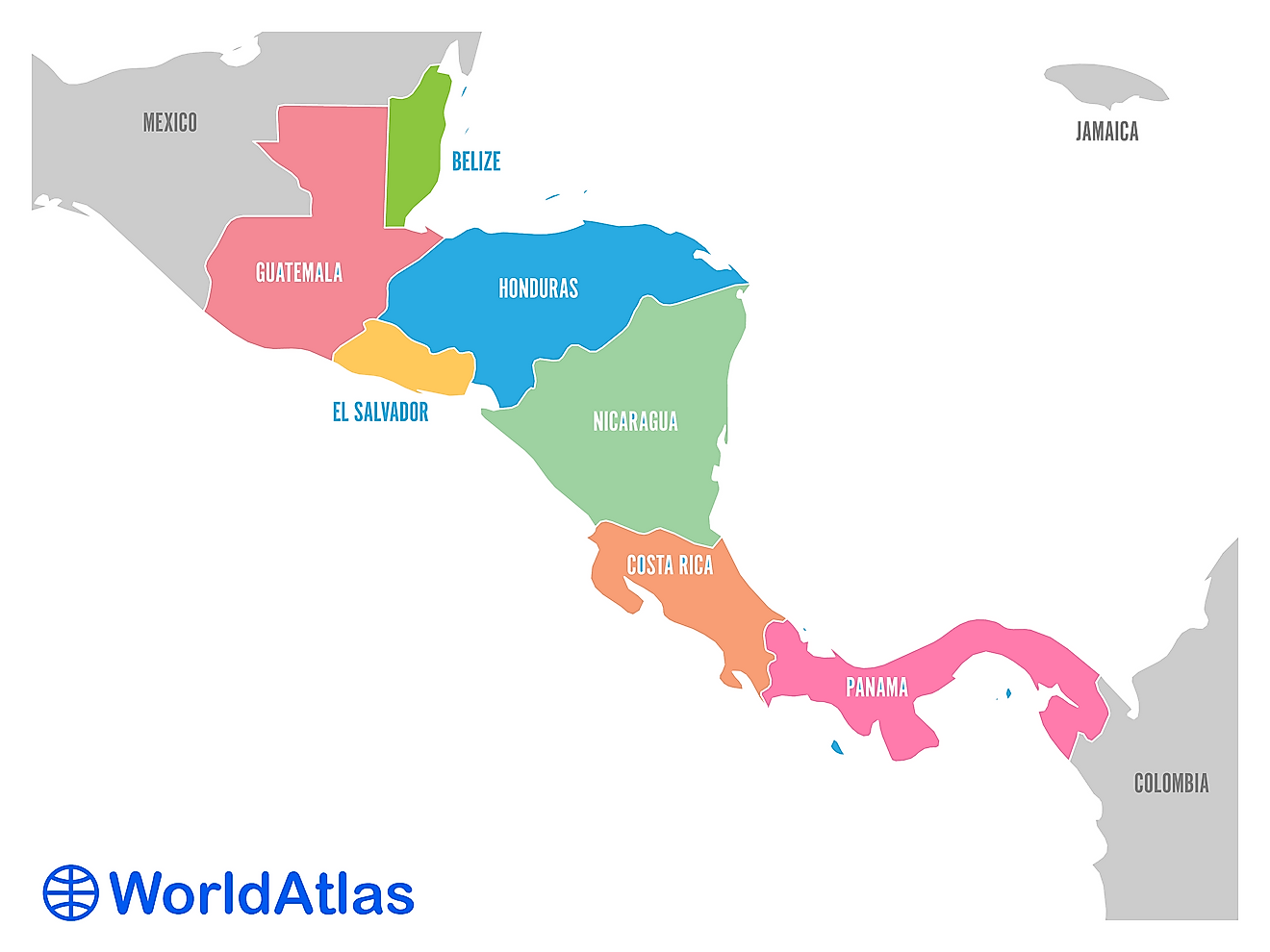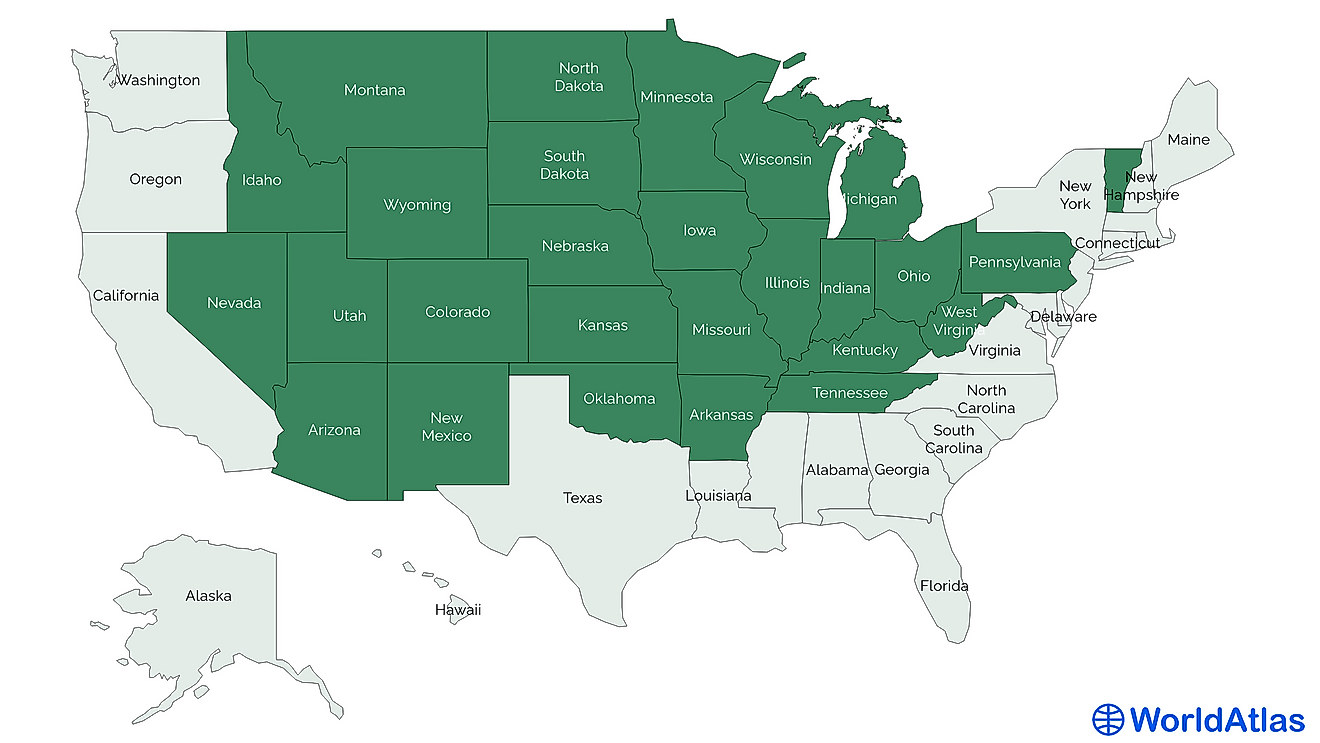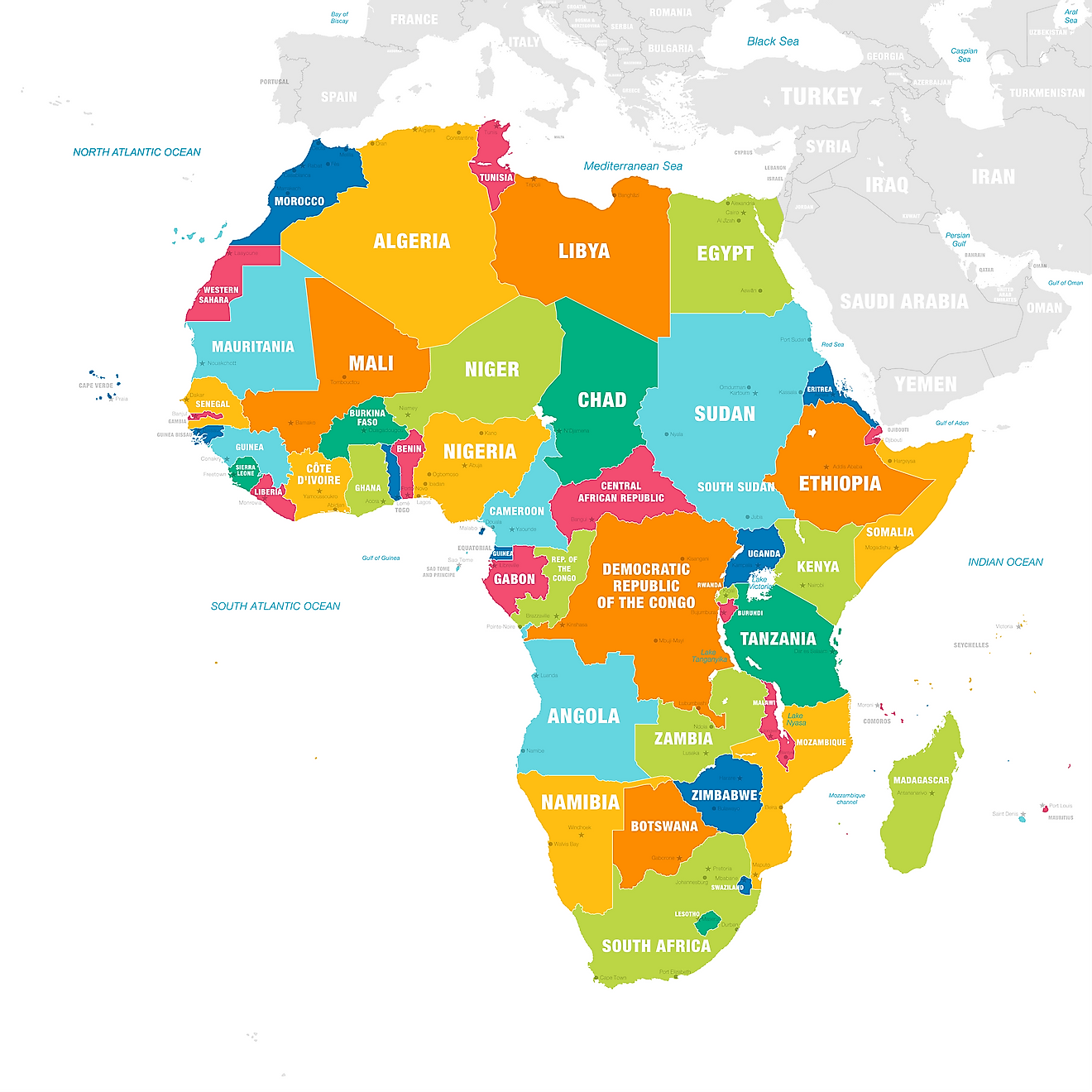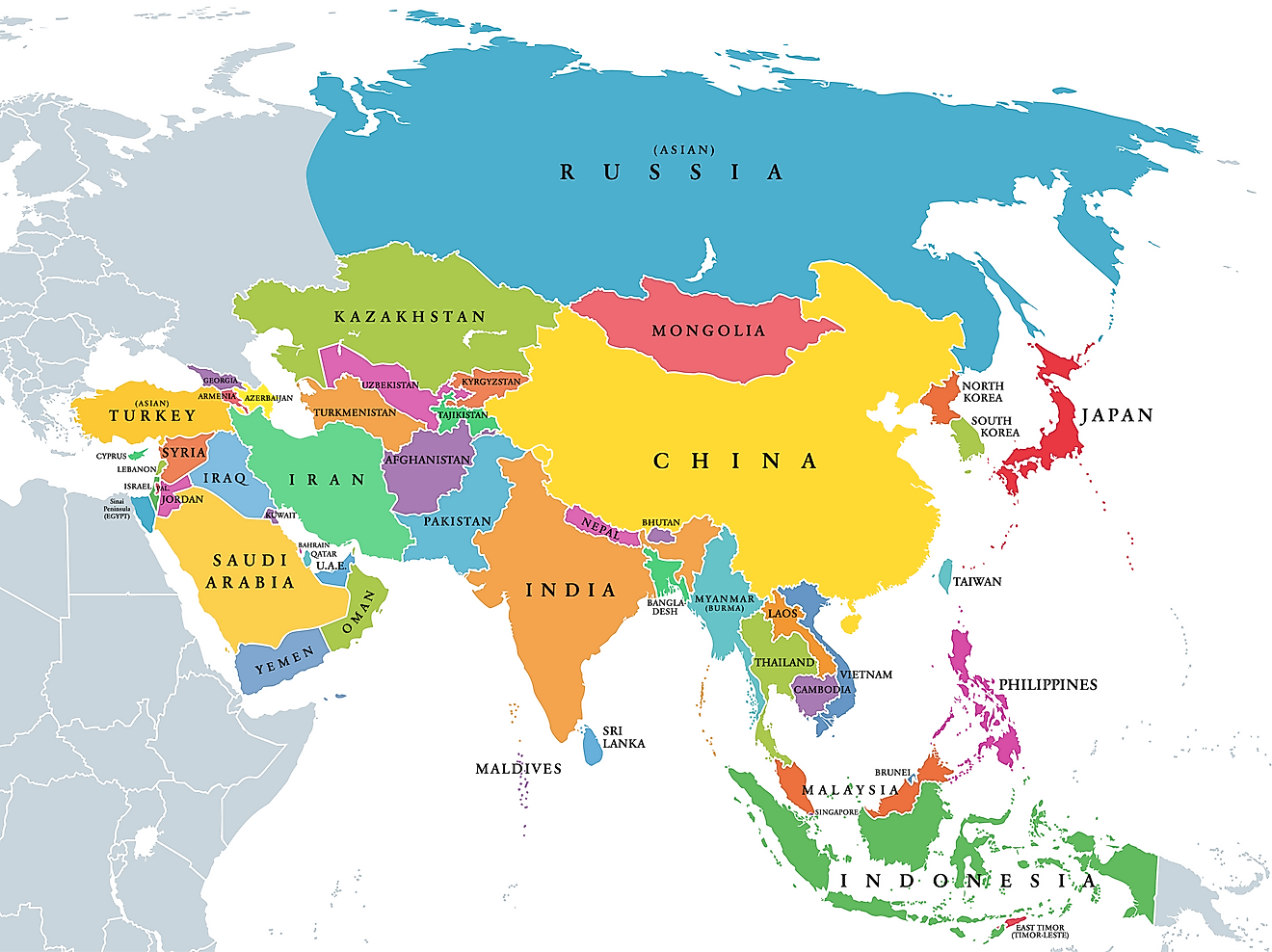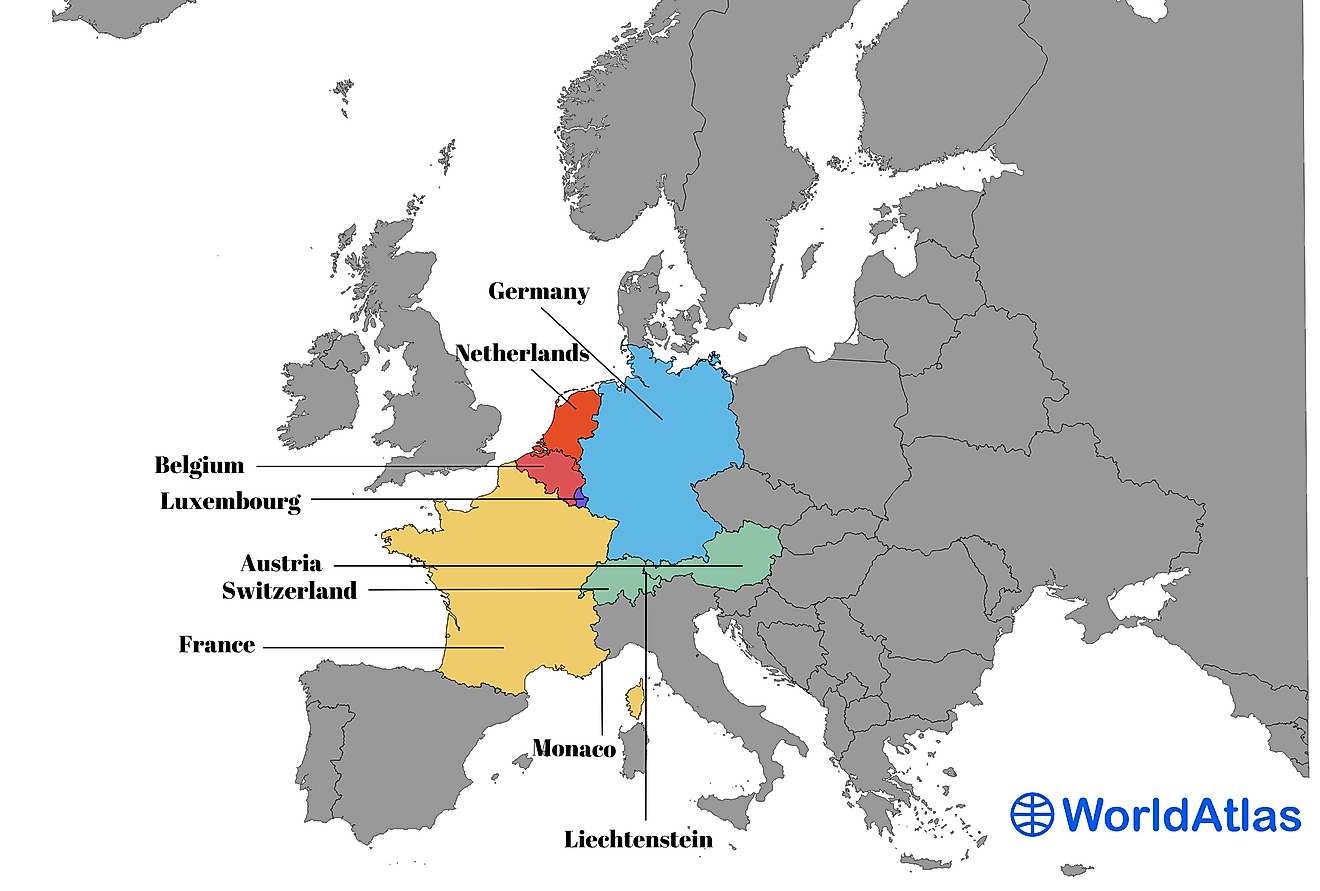What Is The Eurovoc?

The Eurovoc is a thesaurus used in the European Union, which is available in multiple languages. In addition to all the 23 official languages of the European Union, the thesaurus is also available in Serbian, Albanian and Macedonian languages. The thesaurus is also multi-disciplinary as it covers a wide range of fields which are of interest to the European Union. The Publications Office of the European Union is the institution mandated with the maintenance of the Eurovoc. Additionally, the Publications Office is also involved in the dissemination of all European Union official publications, as well as publishing the Official Journal of the EU. The Eurovoc has regularly been edited, resulting in the reissue of new editions of the thesaurus. Work on the original edition of the thesaurus began in 1982, which was later published in 1984. The first edition of the Eurovoc was issued in two volumes and was available in seven languages. There have been 12 editions of the thesaurus issued in its history, with the most recent issue being the Eurovoc 4.7 edition, which was issued in December 2017.
Application
The European thesaurus or Eurovoc is used by many major institutions in Europe which include; several governmental departments, regional and national parliaments in the continent, the Council of the European Union, and the European Parliament. The thesaurus was also applied in the establishment of the Inter-Active Terminology for Europe. Also known by its abbreviation; IATE, the Inter-Active Terminology for Europe is defined as the European Union’s web-based terminology database. The terminologies fed into the Inter-Active Terminology for Europe database are primarily sourced from the Eurovoc. The IATE multilingual glossary has approximately 1.4 million entries. The establishment of the database by the EU in 1999 was to have a standardized terminology source, which would be applied in all official communication of the European Union. The user interface of the database went live in 2007 and is currently freely available to users. The administration of the Inter-Active Terminology for Europe’s website, and its different interfaces is handled in Luxembourg.
Domains and Sub-domains
The thesaurus is made up of 21 domains, which are constituted by 127 sub-domains. The domains in the Eurovoc include International Organization; Geography; Industry; Energy; Production, Technology and Research; Agri-foodstuffs; Agriculture, Forestry and Fisheries; Environment; Transport; Employment and Working Conditions; Business and Competition; Science; Education and Communications; Social Questions; Finance; Trade; Economics; Law; European Union; International Relations; and Politics. The depth of content differs among the 21 domains, with the domains aligned with the interests of the European Union having more elaborate content than others.
Merits And Limitations
The multilingual aspect of the thesaurus is its principal merit, as it allows users to search in their language and get documents from different languages. Another advantage of the Eurovoc is the standardized terminologies in its domains which allow users to have accurate and relevant record searches. However, the thesaurus also has its shortcomings. For instance, the Eurovoc is yet to have detailed information on national situations. Another limitation of the thesaurus is that while it excels in the documentation of all EU official activities, it is not able to index specialized records.
